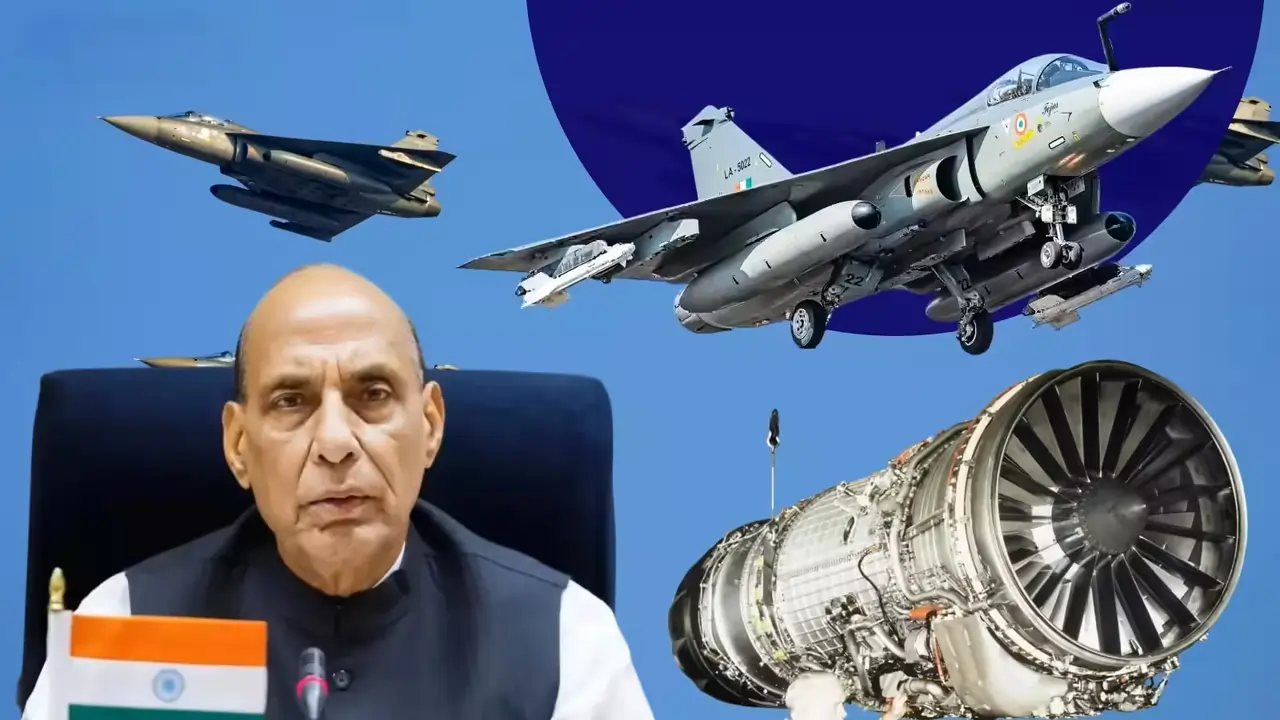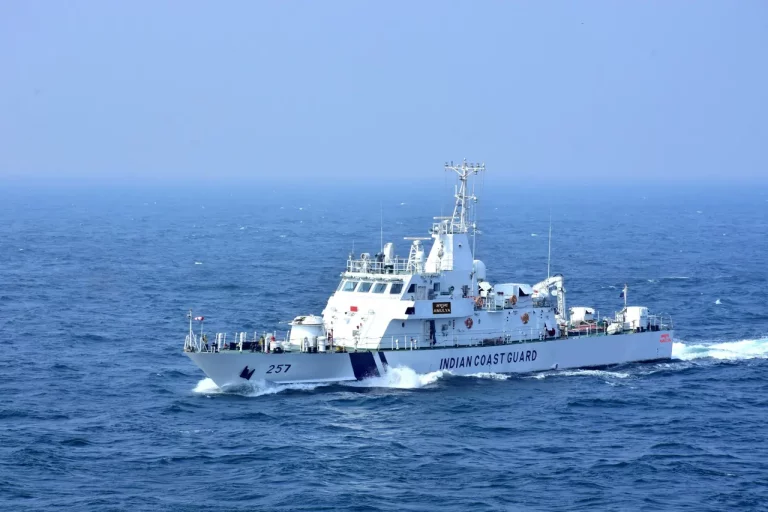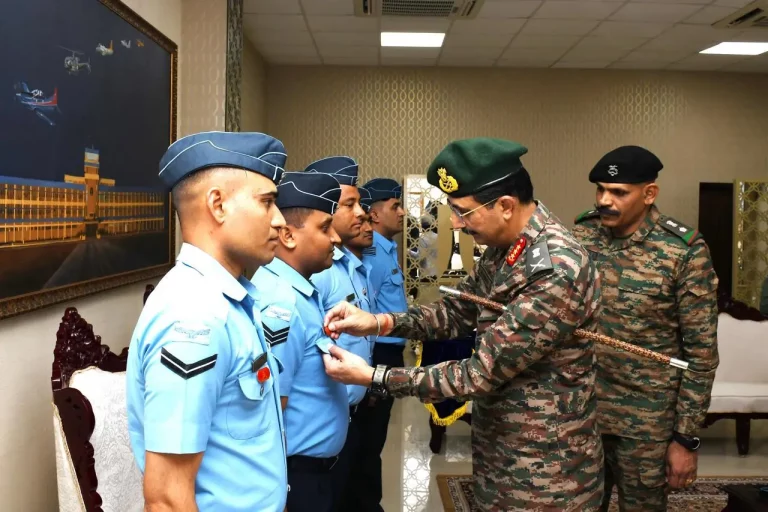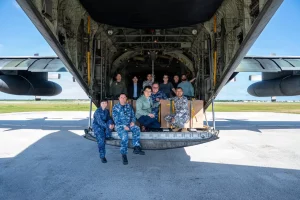In a significant advancement for India’s self-reliance in defense and aerospace manufacturing, Defence Minister Rajnath Singh has announced plans to initiate the domestic production of advanced fighter jet engines within the coming year. This development aligns with India’s ongoing Atmanirbhar Bharat initiative, aimed at reducing dependency on foreign imports and bolstering local capabilities.
In a recent interview, Singh detailed that negotiations are underway with leading global aerospace companies, such as GE Aerospace from the United States and France’s Safran. The final endorsement of these collaborations will require approval from the Cabinet Committee on Security (CCS). Singh emphasized the necessity of technology transfer (ToT) as a key component of all future partnerships, stating, “Our vision is clear — fighter jet engines for Indian aircraft must be built in India, by Indian engineers and technicians.”
Currently, India relies heavily on foreign imports for aircraft engines and essential components to support platforms like the TEJAS Light Combat Aircraft (LCA). However, Singh reassured that these imports are intended to be temporary. He reiterated the government’s long-term goal of achieving complete indigenisation throughout the aerospace supply chain. “India may buy engines from abroad, but manufacturing must happen on Indian soil,” he affirmed, highlighting ongoing commitments to the Make in India initiative.
Additionally, Singh provided a positive update on the Advanced Medium Combat Aircraft (AMCA) program, which focuses on developing India’s flagship 5.5-generation stealth fighter. He reported that the design phase has been successfully completed and that development is proceeding well. With firm government support and continuous funding, the AMCA project is expected to be ready within the next decade.
Reflecting on the operational capacity of the Indian Air Force, Singh lauded the Rafale fighter jets for their outstanding performance during recent military operations, such as Operation Sindoor. He also discussed the ongoing procurement discussions concerning 114 multi-role fighters under the Multi-Role Fighter Aircraft (MRFA) program, which is designed to enhance the tactical and strategic capabilities of the IAF.
Singh also highlighted that India’s defense exports have surged to ₹25,000 crore, with ambitions to double this figure by 2030. This growth has been spurred by increasing demand for various defense products, including armoured vehicles, naval systems, drones, and precision-guided munitions. Furthermore, he noted that over 550 items have been earmarked for import substitution, with local production already in progress, enhancing India’s resilience in wartime supply.
Expressing satisfaction with the strides made in self-reliance initiatives, Singh described the recent progress as “very encouraging.” He reiterated the vision for India to design, develop, and manufacture all major defense platforms domestically, transforming the nation into a global hub for aerospace and defense innovation. With rising private sector participation and advancing technology transfer agreements, Singh concluded that India is on track toward achieving true defense autonomy, marking this journey as a tangible, imminent goal rather than a distant dream.


















